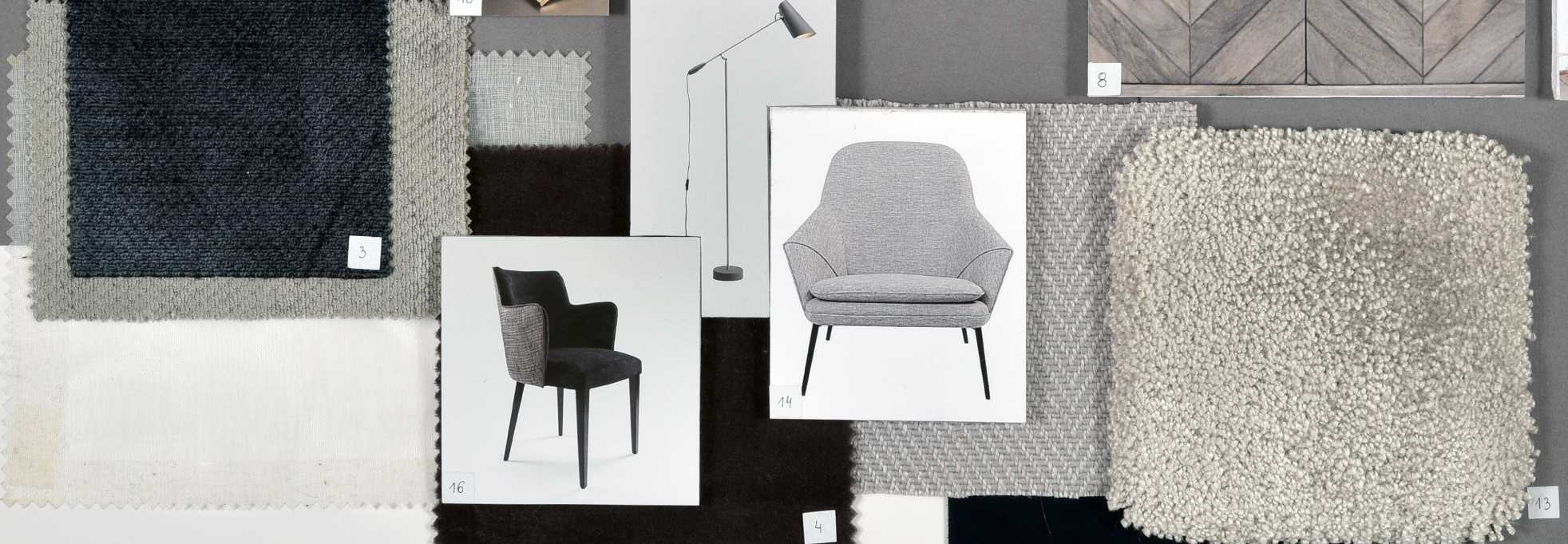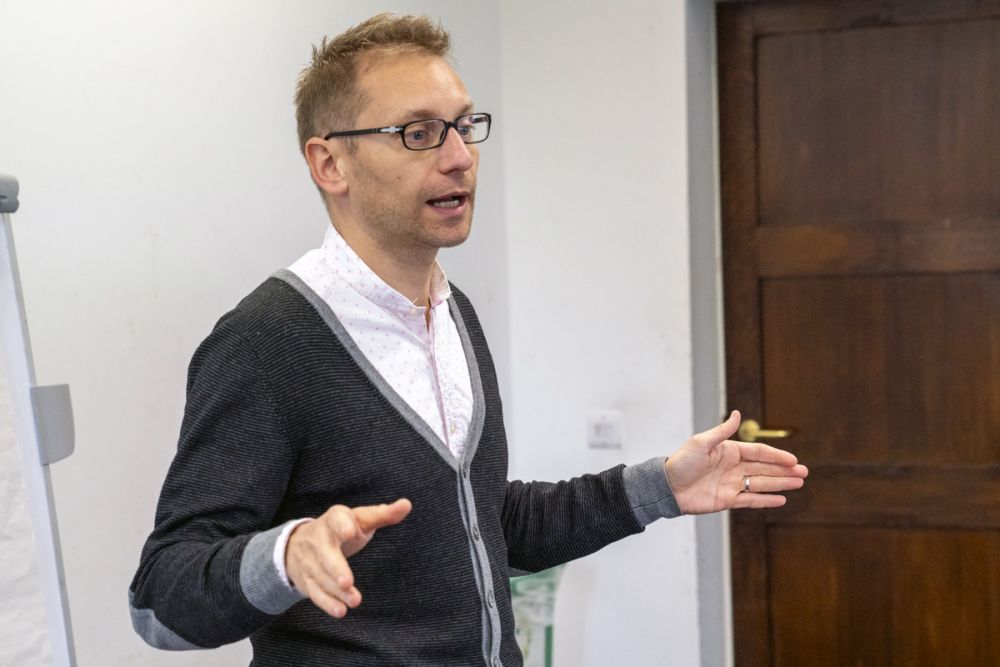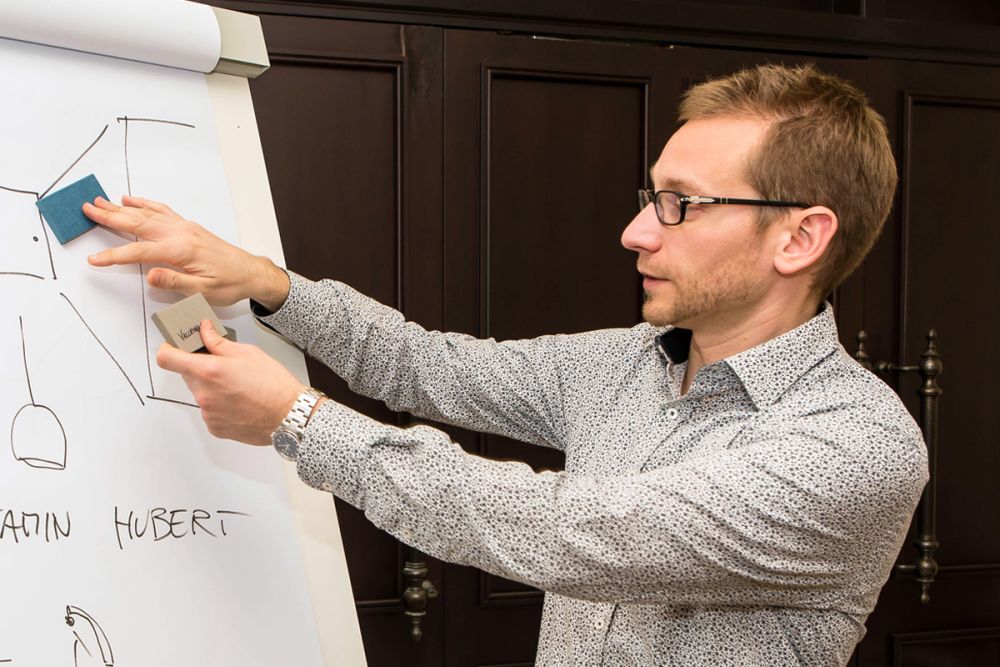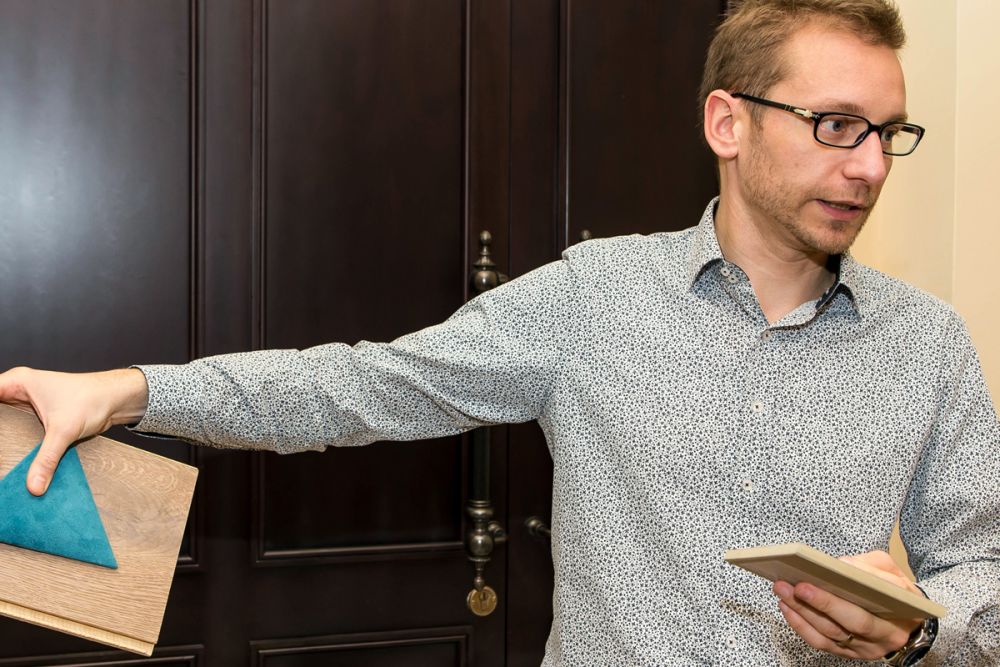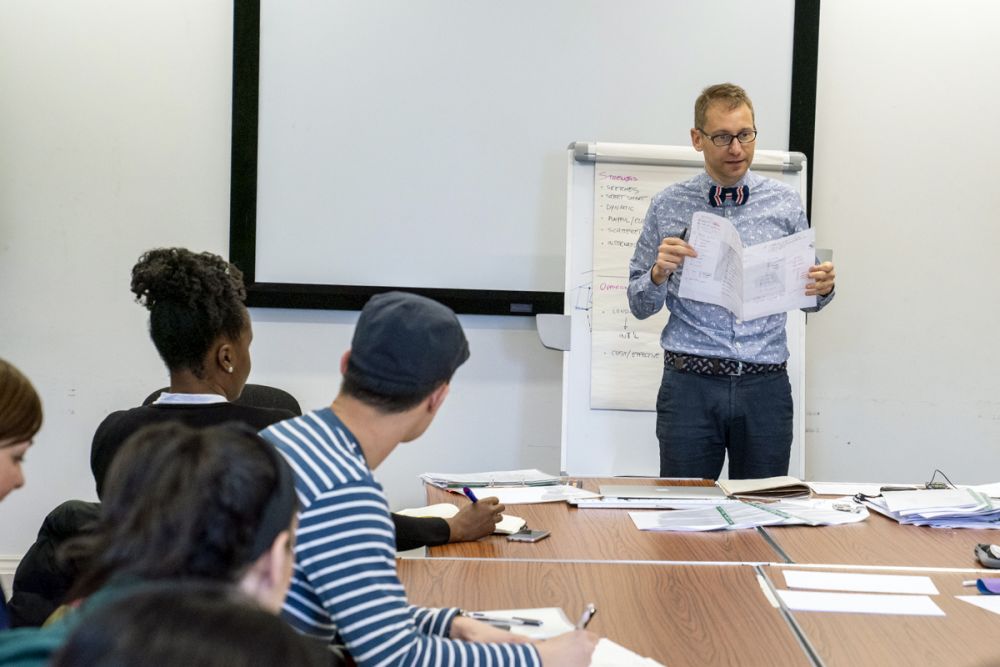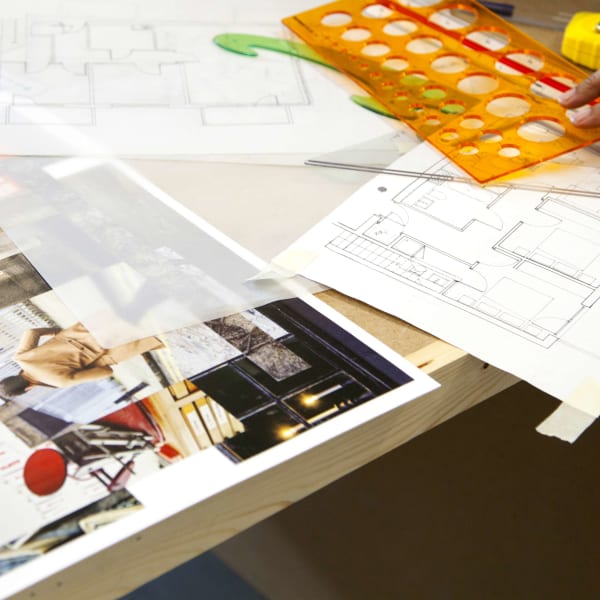Founder of Matteo Bianchi Studio and short course tutor, Matteo Bianchi chatted with us about how he became an Interior Designer, working with clients and what it takes to succeed in the industry. Matteo teaches How to Starting an Interior Design Business Online Short Course at Chelsea College of Arts.
How did you get into Interior Design?
I started out working in advertising for a couple of years which wasn't that interesting to me. I remember when I was a kid, I used to draw everything and anything and that's when I decided this is what I want to do. When I decided to changed career, I chose to do some short courses and took Interior Design Module One, Two, Three and today I run my own studio. After 10 years I still love what I do. That's my journey in a nutshell.
What do you love about being an Interior Designer?
Every day is completely different. There isn't really going to be a single day in your career that is going to be just like the other one. You face problems or opportunities that you have never faced before and that's quite a challenge every day. But at the same time, it's so exciting. Every single day is different.
The biggest one is when you finish a project that is something that no one can take away. Definitely to have something finished and completed. That all originated from your mind.
What personal attributes are key for Interior Designers?
You need to be able to visualise and that is something that mother nature will give you or not. That's how your brain works. You need to be very resourceful, very resilient too, so I would say 80-90% is creativity, but the rest it's about how much you want to succeed in this industry. You need to sell the idea to the client, make them as passionate as you are. But most of all, you need to be very clear when you’re trying to design. It takes a long time to build your portfolio, to build your brand, being patient is quite good.
What experience do you need to succeed as an Interior Designer?
My take is that you need a bit of a background, you need a bit of a foundation and it's very personal and its very subjective how much technical skills and foundation you need. But you need to have a bit of a basis. A lot of knowledge and experience is actually learned in the field. It’s quite an interesting industry because whilst you know the basics, you need to apply what you're learning in the field. But I do suggest to attend the courses as a foundation at the beginning, that's quite crucial.
Matteo Bianchi
How did you break into Interior Design?
In my case, when I finished the course, I freelanced for a small studio and I could quickly see myself being able to run an Interior Design Business. Given the combination of design skills and what I learned different careers, I could tell that maybe now that the creative vision and the business skills were there. So, I just kind of, went for it, just never looked back. If you don’t try, you never know.
What is it like working with clients?
It's sort of depends the brief, we spend a little time to get the brief from the client. So, the clearer the brief is, the more we deliver what the client was asking for. The client could just say like to ‘do something very calm and Scandinavian, with the chicest touch’. Or it's completely opposite to another brief, which can be, I like something very energetic, very dynamic and fluid.
Some clients are crystal clear, they already have the iPads or others already have the images and all you need to need to do is to filter, take what’s in their mind and refine it. Some others have no idea what they like, which is quite normal in a way because it's quite human. We have had very, very abstract briefs that are very fun to work on.
Tell us about your short Course at Chelsea College of Arts
I teach a course called Starting an Interior Design Business which usually runs over two days. The first part of the first day it's all about branding because you really need to know where you should go once you start your business. Then, the second part of the first day we'll see how we can structure a project from the brief and look at what are the limitations with that project. And then the second day we get very practical, we really see what is behind the curtains of the studios - how to read accounts, how to manage builders, clients, site management.
What advice do you have about preparing a portfolio?
It really depends on what the client's looking for and what kind of messages you need to convey to the client. The projects you choose will add purpose and enhance the kind of message you are giving the person in front of you. What is the brand expressing through that portfolio? So, there isn't a Rigid rule, it's just what is the purpose? So, you need to work around that.
My biggest tip is to be clear and to show also the thinking process behind the project. So, in a way, quality overcomes quantity. So, it's not really about showing a huge amount but showing what you think is that best project. At the same time, my biggest tip would be to, to bring the sketchbook into the interview, I want to see is how they got into the idea.
We refresh our portfolio at least once a year. So yeah, take some project away and add more projects, but also depending on what kinds of potential clients I'm showing the portfolio, I will have different projects there.
What do you look for when hiring people to work for you?
I will look to see how a person thinks, how they solve problems, how they create ideas. So it's not necessarily just the portfolio slides, but the sketches, the thinking, the ability to manage the pressure, the ability to be able to work in a very, very fast industry and also the volumes because that's sometimes more important than the qualities or the skills. So, trying to look at the 360 degrees attitude.
